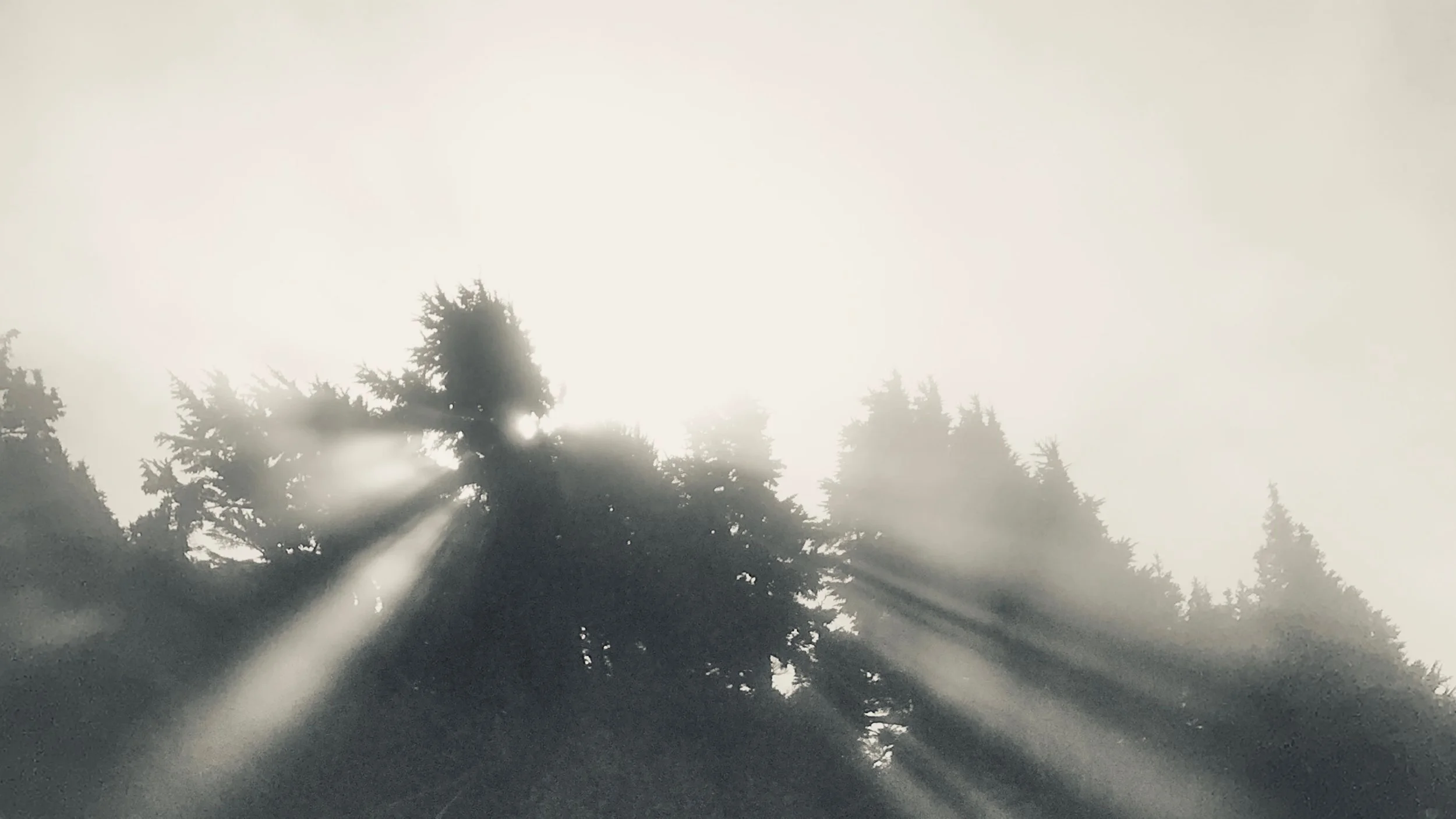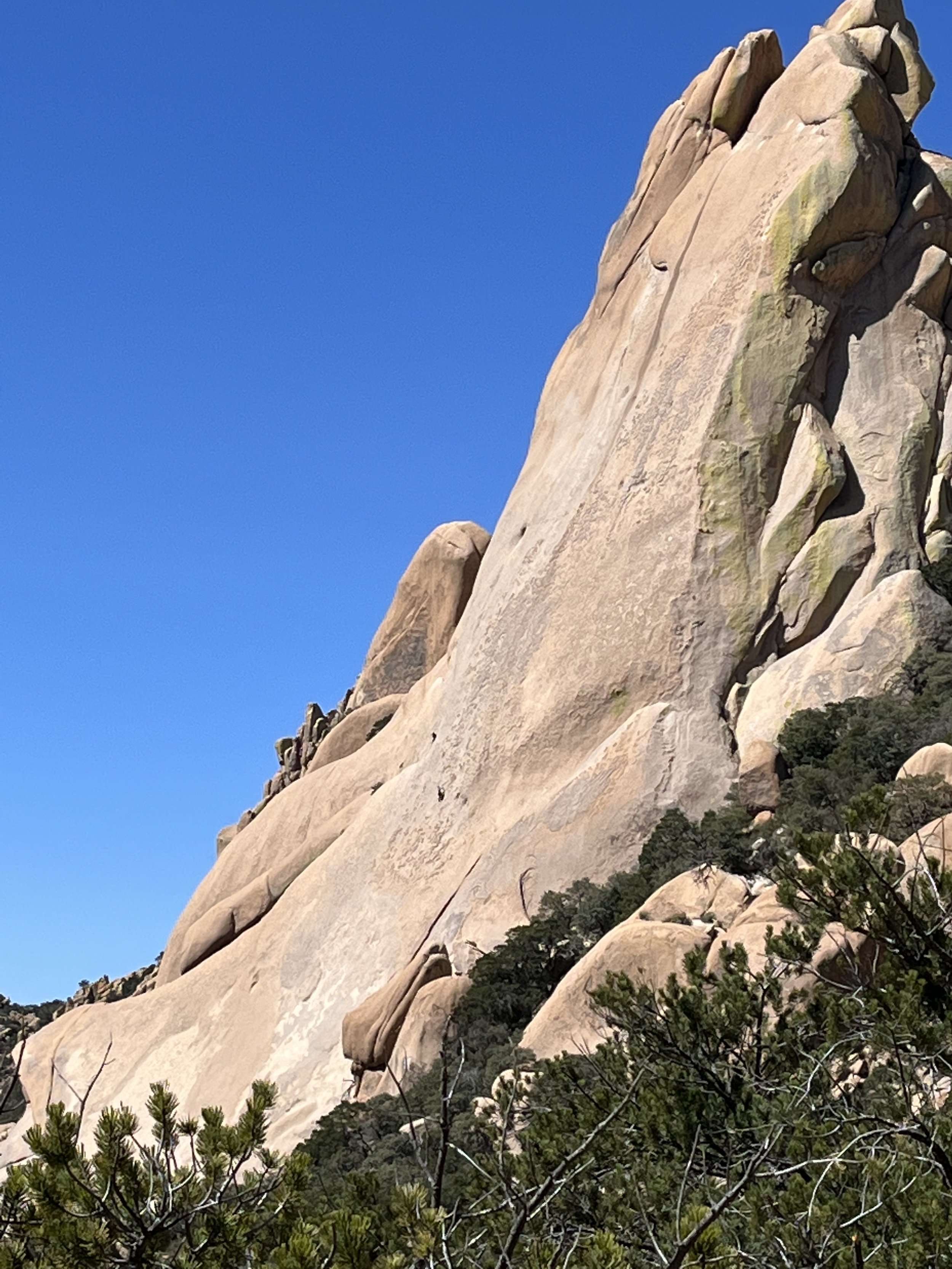UnStorying Africa: An Unabashed and Praiseful Review of Dipo Faloyin’s Africa is Not a Country: Notes on a Bright Continent
Having finished reading a gorgeous novel about Africa written in 2001, I found that this nonfiction book leaped into my hands as I was exiting a library, UnStorying almost everything the novel had imprinted on my mind. Just below the literary beauty of its words lurked the all-too-familiar “Africa and its natives” memes I’d seen and read as far back as my childhood’s monthly National Geographic photos to the more recent media extravaganzas and fundraisers for AIDS, famine, Invisible Children and other nonprofits trying to “fix Africa.”
The good news: hundreds of African writers have pushed back hard since 2001. Add to that the storm that George Floyd’s death sparked worldwide from the African diaspora and the success of Hollywood’s Black Panther, we should all have some faith that more opportunities to see the continent of Africa in its complexity, richness, and modernity and as an equal and vibrant member of the global family are, at last, approaching.
Africa is Not a Country is the detox my subconscious had needed for years. Two streams of UnStorying swept through me reading this book: One, erasing the tropes in content and image that have proliferated by and into the West; Two, how much these stereotypes have informed the present escalation of racism in the US. The urgency to UnStory “Africa” is crucial to both goals.
Don’t worry that you’re in for a book-length rant. The sections are varied and fascinating, ranging from satire to well-researched history. Despite that Fayolin wants to demolish the homogenizing of “Africa” and “Africans,” he has a great wit. His opening epithet:
Insert generic African proverb here. Ideally an allegory about a wise monkey and his interaction with a tree, or the relationship between the donkey and the ant that surprisingly speaks to grand gestures of valor. Sign it off: Ancient African proverb.
I immediately knew I was in for a good ride. Just how good, I couldn’t have guessed. The book’s thesis, the antidote to the generic, big-brush trope, of “Africa” and “Africans,” is this:
Not everyone is allowed a complex identity. Throughout history, individuals and entire communities have been systematically stripped of their personhood and idiosyncrasies, often to make them easier to demean, denigrate and subjugate—and, in some cases, eradicate. Being able to define yourself openly and fully is a privilege; it is a grace many take for granted.
Few entities have been forced through this field of distorted reality as many times as Africa—a continent of fifty-four countries, more than two thousand languages, and 1.4 billion people. A region that is treated and spoken of as if it were a single country, devoid of nuance and cursed to be forever plagued by deprivation.
Can you feel the familiarity of that last sentence? How little I’ve questioned that viewpoint, although I knew all along that it couldn’t possibly be a blanket truism. “Instead,” says Fayolin, “we have decades of the White Savior as the protagonist against some indeterminate warriors and crazed militants.” And he legitimately asks, “Why don’t we see images of the educated, the middle class, the thriving instead of the child that still needs the help of a foreign intervention?”
Never underestimate the power of images to lock in stereotypes! Although I’ve always insisted on teaching media literacy as a high school educator—mostly attempting to UnStory the swarthy and dangerous stereotypes of Muslims in the Middle East—I didn’t know where, or how, to begin to crack the code bequeathed to us as Westerns when it came to the continent of Africa. I wish I’d had this book in hand for my classrooms.
Each chapter in Africa is Not a Country promises to bring a context that is often missing in Western education and media to the fore. Part One is a love story about Fayolin’s home city, Lagos, Nigeria, swamping us with the particulars of colorful individuals and a megacity bursting with dynamism. Lagos is now at the top of my wanderlust bucket list.
Part Two covers the horrendous history I suspected but had never encountered in 18 years of schooling: The Berlin Conference of 1884, a three-month conference to avoid war between the 14 European nations angling for a land-grab of Africa under the premise of the “Three C’s: commerce, Christianity, and civilization.” Fayolin lays out a stunning chronicle (and I admit a little relief that the US wasn’t a participant).
Part Three premises that colonization wears a different face through the ongoing depiction of Africans as primitives unable to rule their own countries and the birth of the White Savior complex. In Part Four, “The Story of Democracy in Seven Dictatorships,” Fayolin doesn’t ignore the chaos that the continent has experienced. He can’t discuss each country from colonization onward, but it’s an important sampling in which he is able to draw clear lines into present struggles and successes.
In Part Five, “There is no Such Thing as an African Accent,” Fayolin lays out the basic script of almost every literary and film treatment with Africa as its basis, swinging from satire to the eventual, inevitable cost in human lives. Even the venerable literary magazine, Granta, published an issue featuring Africa without a single African writer in it. The late Kenyan writer, Binyavanga Wainaina, replied with a scathing and satiric response that has been seminal in changing things since. It was titled, “How to Write About Africa.” His advice includes:
Always use the word ‘Africa’ or ‘Darkness’ or ‘Safari’ in your title. Subtitles may include the words ‘Zanzibar’, ‘Masai’, ‘Zulu,’ ‘Zambezi’…Also useful are words such as ‘Guerrillas,’ ’Timeless’, ‘Primordial’ and ‘Tribal’…Remember, any work you submit in which people look filthy and miserable will be referred to as the ‘real Africa’, and you want that on your dust jacket. Do not feel queasy about this: you are trying to help them to get aid from the West…Always end your book with Nelson Mandela saying something about rainbows or renaissance. Because you care.”
Part Six depicts the continuing theft of Africa’s cultural heritage. In “The Lootings,” he claims that 90% of that heritage—plundered and taken forcefully from various kingdoms and tribes—remains in museums in the West that yet claim the artifacts are part of “world heritage” not necessarily belonging to their countries of origin.
Let us be clear on this point: the arrival of loot into the hands of western curators, its continued displaying our museums and its hiding-away in private collections, is not some art historical incident of reception, but an enduring brutality,”
Dan Hicks, curator at the Pitt Rivers Museum in Oxford.
Part Seven is a love story to the West African dish, Jollof. Part Eight: “What’s Next?Indeed, what’s next? If you are a consumer of Western media and education, every page of this book will surprise, teach, and UnStory—much as irony, much as well-founded indignation of ongoing injustice. Most importantly, I now understand that so much of what the West has absorbed about the continent of Africa fuels the present racism in the US.
Extensive footnotes gave me confidence in Fayolin’s backing up his claims. The book is broad enough and deep enough to offer both specific (but not comprehensive) histories of the brutal fracturing and colonization by the West, the continuing theft of the continent’s treasures in Western museums, and the continuing colonization of “Africa” by Western media. The book is a radical UnStorying of what I had absorbed over my lifetime. My relief and gratitude are great. I will return the library book, but purchase copies for my library and friends. The paperback comes out in November.









